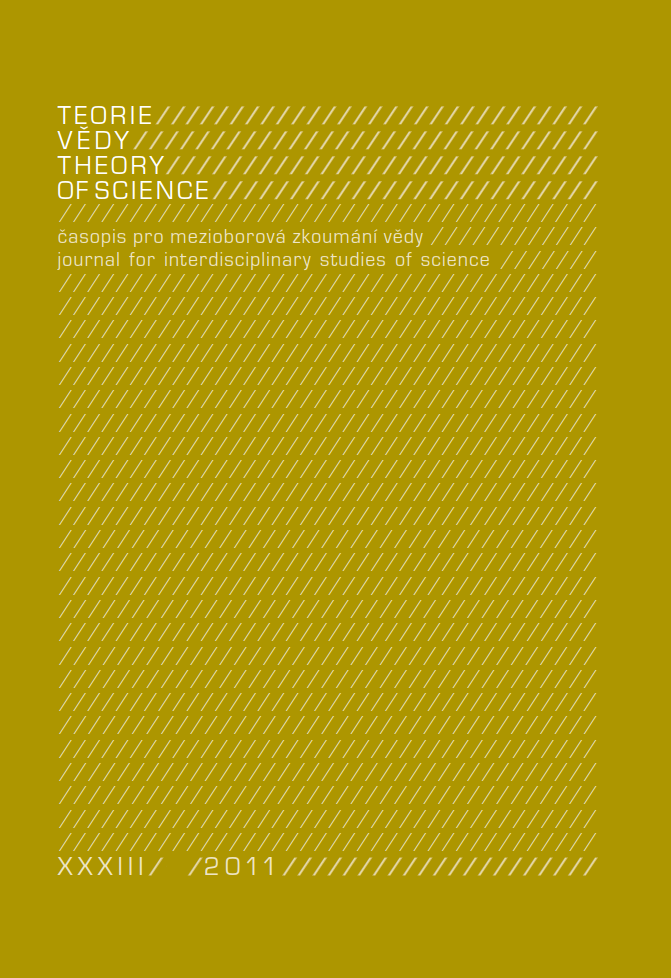Abstract
The review article of the anthology David ČENĚK – Tereza PO- RYBNÁ (eds.), Vizuální antropologie – kultura žitá a viděná [Visual Anthro- pology – Culture Experienced and Seen]. Pavel Mervart: Červený Kostelec 2010, 332 pp., identifies several tendencies that shape the role of technical images in the contemporary social sciences. The first part of the review sums up the content of the anthology and contextualize it within the debates in visual social sciences. Subsequently, it discusses mainly three following issues: the critique of the subject-object relation and the proposals for its transformation; the emergence of the so-called participatory methods; and the claims for the produc- tion of outside-text representations and the constitution of shared anthropology. The article proceeds by the following order: first it describes and illustrates an issue as it is dealt with in the reviewed anthology and then it outlines the broader discussions within social sciences. Finally, the review article focuses on the consequences of digitization and hypermedialization for the discussed issues.
Since 2019, TEORIE VĚDY / THEORY OF SCIENCE journal provides open access to its content under the Creative Commons Attribution 4.0 International License (CC BY 4.0).
Authors who publish in this journal agree that:
- Authors retain copyright and publication rights without restrictions and guarantee the journal the right of first publishing. All published articles are licensed under the Creative Commons Attribution license, which allows others to share this work under condition that its author and first publishing in this journal was acknowledged.
- Authors may enter into other agreements for non-exclusive dissemination of work in the version in which it was published in the journal (for example, publishing it in a book), but they have to acknowledge its first publication in this journal.
- Authors are allowed and encouraged to make their work available online (for example, on their personal websites, social media accounts, and institutional repositories) as such a practice may lead to productive exchanges of views as well as earlier and higher citations of published work.
There are no author fees, no article processing charges, or submission charges.
The journal allows readers to read, download, copy, distribute, print, search, or link to the full texts of its articles and allows readers to use them for any other lawful purpose.
A summary of the open access policy is also available in the Sherpa Romeo database.

